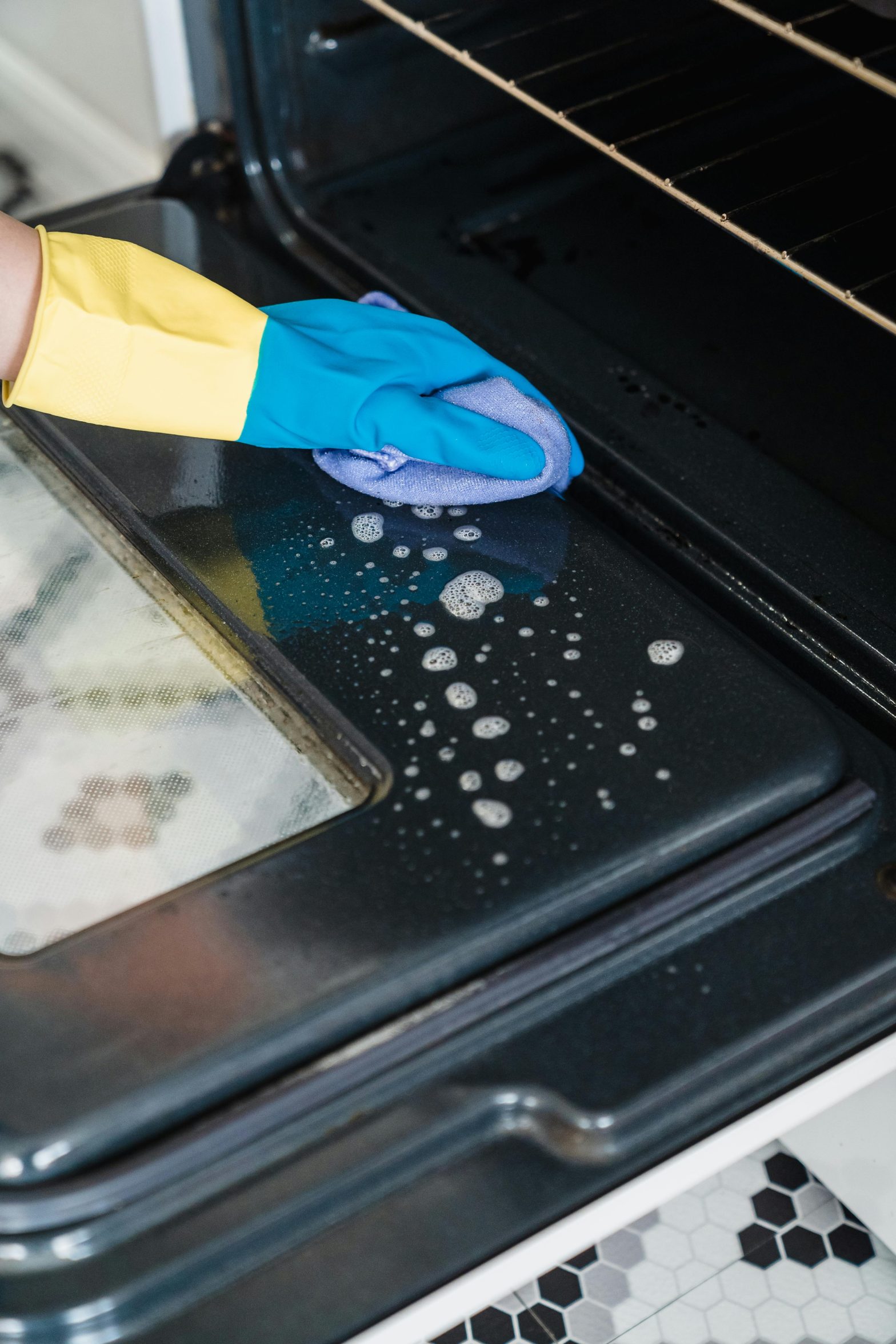Detergent formulation is a complex task that requires a detailed understanding of the different components that contribute to its effectiveness. The main components used in detergent formulation include surfactants, sequestrants, alkaline agents, acids, perfumes and enzymes. Each of these ingredients plays a specific and essential role in cleaning. Below, we explore these components and their functions.
Surfactants
Definition and function
Surfactants, also known as surfactants, are molecules that reduce the surface tension of water, allowing the detergent to penetrate and remove dirt and stains. Surfactants can have multiple functions in detergents, including:
- Anti-foaming agents: Reduce or eliminate excessive foaming.
- Foaming agents: Promote foam formation for better cleaning action.
- Moisturisers: Facilitate the penetration of water into the tissues.
- Desinfectants: Some cationic surfactants can remove contaminants and improve hygiene.
Types of surfactants
- Anionic: They have a negative charge and are effective in removing fats and oils.
- Cationic: These are positively charged and often have disinfectant properties.
- Non-ionic: Non-charged and effective in hard water.
- Amphoteric: They can be positive or negative depending on the pH.
Sequestrants
Definition and function
Sequestrants are agents that solubilise metal compounds, sequestering or deactivating metal ions and preventing them from reacting with anions to form low solubility products such as carbonates, sulphates and phosphates.
Benefits of sequestrants
- Prevention of deposits: Prevent the formation of mineral deposits on surfaces and equipment.
- Improve the effectiveness of the detergent: They keep metal ions in solution, improving the action of surfactants.
- Equipment protection: Reduces corrosion and wear of cleaning equipment.
Examples of sequestrants:
- Phosphonates: Effective in the solubilisation of calcium and magnesium.
- EDTA (Ethylenediaminetetraacetic Acid): A versatile and potent sequestrant for various metals.
- Zeolites: Ecological alternative for water softening.
- There are also phosphates, gluconates, NTA, MGDA, GLDA, etc.
Alkaline components
Definition and function
Alkaline components provide the raw power needed to break down and remove stubborn dirt and stains. They are essential for the removal of fats, oils and grease.
Benefits of alkaline components:
- Decomposition of fats and oils: they saponify fats, converting them into soluble soaps.
- Increase the efficacy of surfactants: Improve the ability of surfactants to penetrate and clean.
- Acid neutralisation: Helps to neutralise acidic residues.
Examples of alkaline components:
- Sodium hydroxide: A strong alkaline agent used in industrial cleaning.
- Sodium carbonate: Effective in water softening and improving the action of surfactants.
- Silicates: Protect surfaces and improve detergent stability.
- Potassium hydroxide, triethanolamine, monoethanolamine, etc. are also found.
Acid components
Definition and function
The acid components also provide the necessary brute force for cleaning, especially in the removal of mineral deposits and inorganic stains.
Benefits of acidic components:
- Removal of mineral deposits: Dissolves limescale and other mineral deposits.
- Alkaline neutralisation: Helps to balance pH and improve cleaning efficiency.
- Desinfection: Some acids have desinfectant properties.
Examples of acidic components:
- Citric acid: A mild, biodegradable acid, effective in removing mineral deposits.
- Phosphoric acid: Effective in descaling and cleaning metal surfaces.
- Sulphamic acid: Used in the cleaning of heating and cooling systems.
- There are also lactic, natural and biocidal products.
Conclusion
The detergent formulation is a precise combination of different components, each providing unique properties for effective and safe cleaning. Surfactants facilitate soil removal, sequestrants prevent mineral deposits, and alkaline and acidic components provide the raw strength needed to break down tough stains. Understanding the function of each of these components is crucial to selecting the right detergent for each application.
When choosing a detergent, considering the types of components and their specific functions can make a big difference to the effectiveness of the product. If you are looking for advanced and effective cleaning solutions, opt for detergents formulated with the most appropriate components for your needs.
